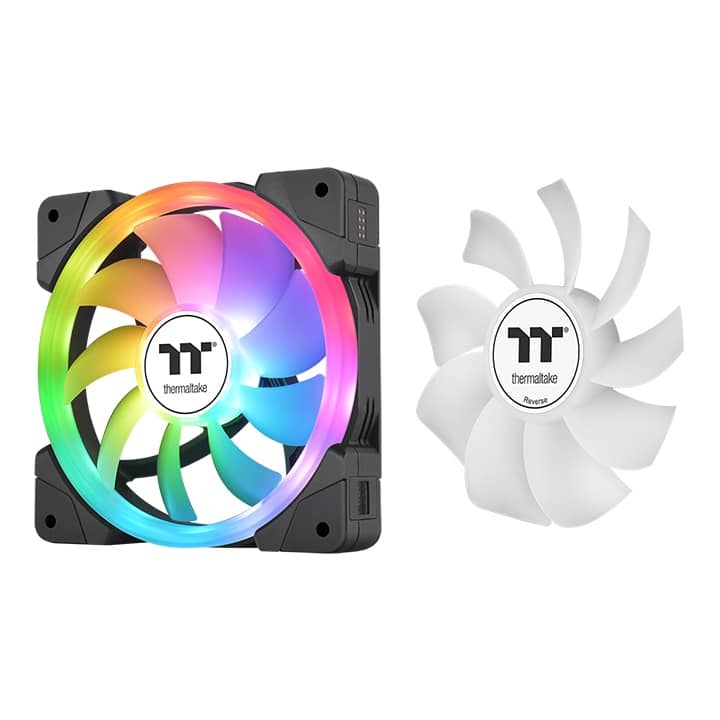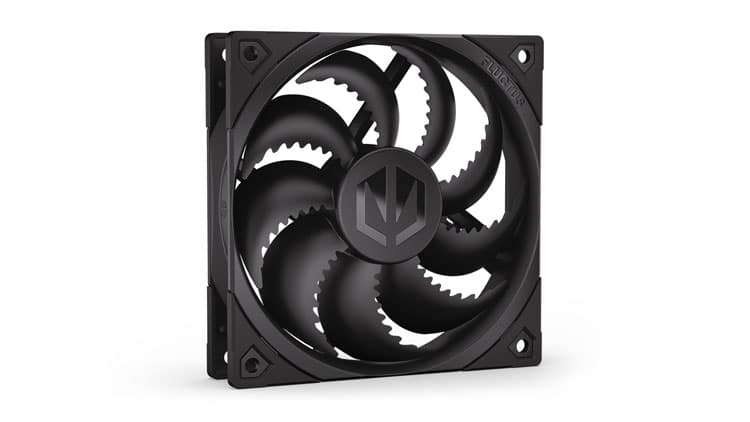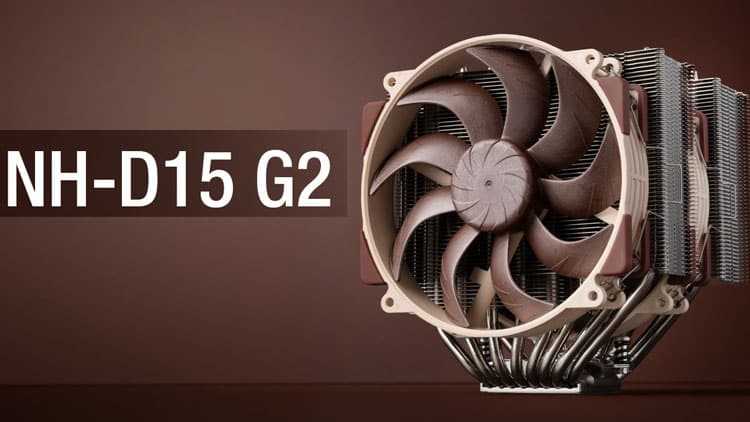Epilogue
The innovation in the Thermaltake SWAFAN EX 12 ARGB Sync fan is that you can swap the blades and make the fan spin in reverse in seconds. You should pay attention, though, that after you remove the fan’s blades several times, you will have to lubricate the bearing, which can be challenging if the fan is installed vertically. The lack of fixed cables is a strong advantage, and the magnetic connection is strong enough to be trouble-free. I prefer daisy-chain-capable fans over the standard ones, especially since I recently had a traumatic experience during a chassis review where I had to deal with six fans and twelve cables for power and ARGB. Cable management is impossible if you have so many cables to deal and without a PWM/ARGB hub, things would be even more challenging.
The performance of the SWAFAN EX 12 ARGB Sync didn’t impress me. You should look elsewhere if you want a fan with strong airflow and decent static pressure in the below 30 dBA range. For example, at 25 dBA, the Phanteks T30-120 achieves the highest airflow at 54.14 CFM, with the XPG Nidec Vento Pro 120 following. The Thermaltake Toughfan 12 Pro is close at 52.55 CFM. Suppose you want static pressure for radiators or heatsinks at the same noise output level. In that case, the Corsair ML120 RGB Elite has an impressive performance, achieving 1.96mmAq. The XPG Nidec Vento Pro 120 follows at 1.92mmAq, and the Phanteks T30-120 is third at 1.81mmAq. The Thermaltake Toughfan 12 Pro also achieves a good reading at 1.74mmAq.
If you want a fan with lots of bells and whistles, the Thermaltake SWAFAN EX 12 ARGB Sync fits the bill, but if you want high performance at all speed regions, there are better options, especially in this price range. The swappable fan blades might be innovative, but I am unsure how many will utilize them (and how frequently). Another detail is that you can daisy chain up to three fans. It would be nice if four of them could be connected for use in extra-large radiators.
Buy be quiet! Silent Wings 4 140mm PWM
Buy be quiet! Light Wings 140mm PWM, Triple Pack
Buy CoolerMaster MasterFan MF120 Halo
Buy Noctua NF-A12x25 PWM chromax.black
Buy Noctua NF-A12x25 PWM
Buy Noctua NF-F12 PWM
Buy Cooler Master Mobius 120 OC
Buy Phanteks (PH-F120T30_BG) T30-120
Buy be quiet! Pure Wings 2 120mm
Buy be quiet! Silent Wings 4 120mm
Buy Corsair SP120 Elite
Buy be quiet! Silent Wings 4 140mm PWM
Buy be quiet! Silent Wings 4 140mm PWM high-Speed
Buy Thermaltake TOUGHFAN 12 Pro
Buy XPG Vento Pro High Performance PWM
Buy be quiet! Shadow Wings 2 120mm
Buy Corsair LL Series, LL120 RGB
Buy ARCTIC P12 PWM PST – 120 mm
Buy NZXT AER P – RF-AP120-FP – 120mm
Buy Cooler Master SickleFlow 120 V2 RGB
Buy Thermaltake Pure 14 ARGB
Buy ARCTIC F12 PWM PST
- Good build quality
- Daisy chain option (up to three fans)
- Fully modular
- PWM control
- Wide enough fan speed control range (522-2098RPM)
- Rubber dampers for lower noise output
- Two-zone ARGB lighting
- Swappable fan blades
- Expensive
- Not competitive performance at low and mid-rotation speeds
- It would be nice to be able to daisy chain up to 4x fans


